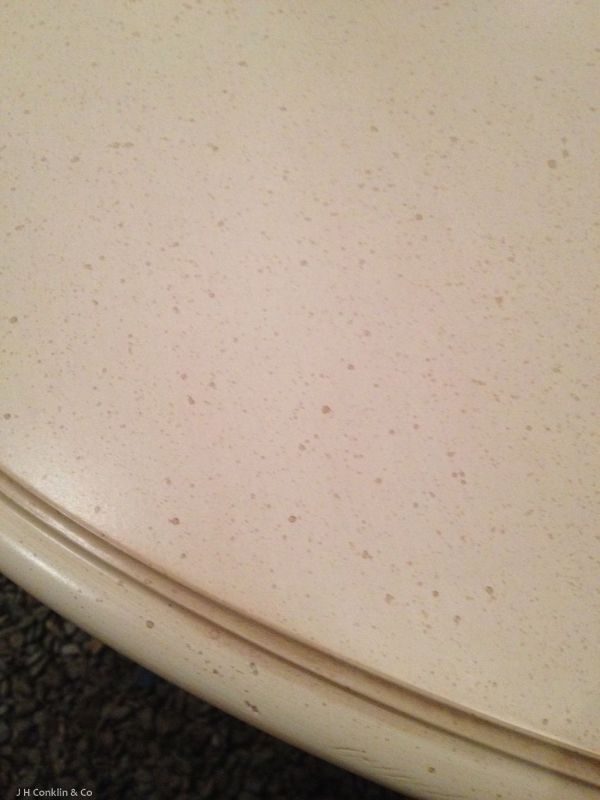Question
I'm looking for an effective transparent modern polymer wood pore filler to use in violin making, preventing any varnish going into the wood. Must be somewhat elastic when dry and a very thin coat to be sufficient to do the job. To be used without need of any sanding. Must create a film.
Forum Responses
(Finishing Forum)
From contributor C:
Sounds like you're looking more for an isolation/barrier resin coating like b-72. The problem with that is your varnish and type and how well it will adhere, since you do not want to sand before applying the varnish.
What woods will you be using - the common sycamores, maples and spruces, etc.? What steps do you want to use to achieve this? Also it would be helpful to know exactly what you mean by "modern" polymers? Are you talking state of the art, or just not ancient resins or balsams?
To reduce penetration and improve the carrying power, further experience led us to conclude that since these sealers all penetrate the wood to some extent themselves, they are still not good enough. Eventually we began sealing the wood with a modern polymer. This hydrophilic material placed a very thin film on the surface. It has very low penetration, apparently unlimited bridging power over pore holes, and a modulus of elasticity the same as the wood itself. We reached the conclusion that the coating was acoustically invisible. The usual varnishes were applied over this sealer. The brilliance and projection of the violins were remarkable.
I think what you are referring to is "violin ground." It isn't truly a sealer, but does the same thing and sets the tone and warmth of the violin before varnishing.
I know next to nothing about how to choose a ground, but most fiddle makers made their own and guarded the secret very well. There is a wax component, a hide or fish glue and a mineral of some sort. I'm sure there are some experts out there somewhere that might be willing to help.
One of the keys to a violin’s sound and the durability of its coatings is the treatment of the wood surface prior to varnishing. This ground coat is more likely of greater importance to sound than the varnish itself and is the subject of great debate. Old coatings appear to have included mineral preparations of varying kinds, thinned varnish, and organic glues and gums. We typically use a traditional ground composed of gum arabic, honey, and egg white called “vernice bianca.” This first wood treatment forms a strong layer right at the surface and prevents varnish from soaking into the wood. This ground coat seems to give a positive acoustic effect as well.
The buzz words from the quote that can help identify the type of coating used are:
Polymer
Hydrophilic
Low penetration
Unlimited bridging power over pores
Modulus of elasticity that is the same as the wood.
Here's what they tell us.
Polymer - means the coating material was created using chemical reactions that caused the molecules to bond to one another and create larger molecules in repeating patterns. In coatings, there are 3 main types of polymers; linear polymers, branched polymers, and the most durable, cross-linked polymers.
Hydrophilic - tells us it's a waterborne polymer. Solvent based polymers are called hydrophobic.
Low penetration - is a common property of waterborne coatings. Many waterborne coatings do not wet the surface of wood well because of the surface tension, even with the addition of a surfactant. That's one reason waterborne coatings do not bring out the natural color of the wood like a solvent based finish.
Unlimited bridging power over pores - bridging is another property that is common among waterborne coatings. The high surface tension causes them to bridge the pores rather than fill them. Use of the description "unlimited bridging" leads me to think they are describing a polymer with a high molecular weight (MW). When performing furniture type finishes, bridging the pores is considered unattractive and undesirable - a defect.
Modulus of elasticity that is the same as the wood - is a questionable statement. Modulus of elasticity is a measurement of how much wood can be deformed and then return to its original shape in 3 planes; the longitudinal, radial, and tangential axes. Each axes has a different value, and each wood species has a different value than the next (though some are quite close). So which value of elasticity, for which wood species, does the polymer match?
The bottom line is there is no way to tell which exact polymer or blend of polymers the author is referring to. There are a number of manufacturers of waterborne wood coating polymers (e.g., Bayer, Lubrizol, etc.) and each of them has a number of polymers to choose from with widely varying properties.
The article has some additional information about the sealer/ground in the "notes" section at the end of the article. I'm wondering if this is a product they are selling? It sure seems like it's something they are trying to promote without identifying.
